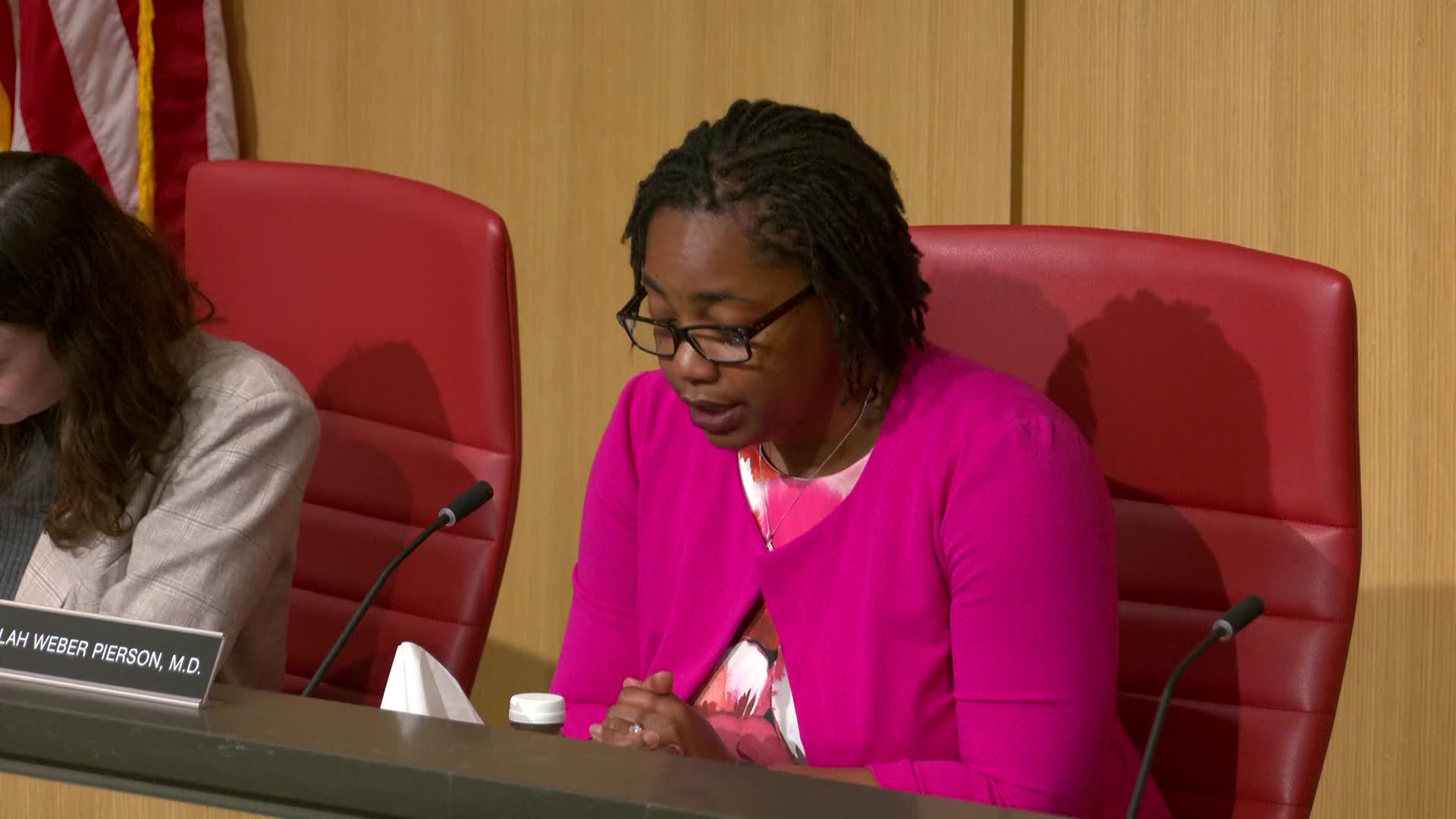California expands CalFresh and implements SunBUCS to combat summer hunger
May 08, 2025 | California State Senate, Senate, Legislative, California
This article was created by AI summarizing key points discussed. AI makes mistakes, so for full details and context, please refer to the video of the full meeting. Please report any errors so we can fix them. Report an error »

The Senate Budget and Fiscal Review Subcommittee No. 3 on Health and Human Services convened on May 8, 2025, to discuss critical issues surrounding food assistance programs in California, particularly focusing on CalFresh and related initiatives. The meeting highlighted the ongoing challenges of food insecurity in the state, exacerbated by recent federal funding cuts.
Jennifer Troia from the Department of Social Services provided an overview of CalFresh, California's largest food and nutrition program, which serves over 5.5 million residents. The program distributes approximately $1.1 billion in federal food benefits monthly. Troia noted that the post-pandemic caseload continues to rise, prompting the state to expand its food assistance programs, including the new summer EBT program, known as Sunbucks, which aims to alleviate summer hunger for school-age children.
Troia reported that the Sunbucks program, which provides $120 per eligible child for groceries during the summer, successfully issued around $672 million in benefits to approximately 5.6 million children in 2024. The program is set to continue in 2025, with federal approval already secured for its implementation.
The meeting also addressed the impact of recent disasters, such as wildfires in Los Angeles, on food assistance. The Department of Social Services coordinated efforts to provide disaster CalFresh benefits, issuing over $17 million in replacement benefits to affected households. Troia emphasized the importance of flexibility in eligibility and reporting requirements during such crises.
However, the subcommittee faced significant concerns regarding federal funding cuts. Troia highlighted the termination of the Local Food Purchase Assistance (LFPA) grants, which previously supported local food sourcing and distribution efforts. The loss of approximately $47 million in anticipated LFPA funding poses a serious threat to food banks and the communities they serve. Additionally, the termination of the TFAP Commodity Credit Corporation funding further complicates the situation, as food banks rely heavily on these resources to meet rising demand.
Becky Silva from the California Association of Food Banks echoed these concerns, revealing that one in four Californians are now using credit cards to purchase groceries, indicating a growing reliance on debt to meet basic food needs. Silva warned that food banks are facing a "perfect storm" of increased demand and reduced funding, with many banks potentially forced to limit services or close distribution sites.
The subcommittee also discussed the implications of proposed federal cuts to SNAP, which could result in a $30 billion reduction in CalFresh funding over the next decade. Silva urged the Senate to continue advocating against these cuts, emphasizing that food banks cannot fill the gap left by reduced federal support.
In conclusion, the meeting underscored the urgent need for sustained funding and support for food assistance programs in California. As food insecurity remains a pressing issue, the state must navigate the challenges posed by federal funding cuts while ensuring that vulnerable populations continue to receive the necessary resources to meet their nutritional needs.
Jennifer Troia from the Department of Social Services provided an overview of CalFresh, California's largest food and nutrition program, which serves over 5.5 million residents. The program distributes approximately $1.1 billion in federal food benefits monthly. Troia noted that the post-pandemic caseload continues to rise, prompting the state to expand its food assistance programs, including the new summer EBT program, known as Sunbucks, which aims to alleviate summer hunger for school-age children.
Troia reported that the Sunbucks program, which provides $120 per eligible child for groceries during the summer, successfully issued around $672 million in benefits to approximately 5.6 million children in 2024. The program is set to continue in 2025, with federal approval already secured for its implementation.
The meeting also addressed the impact of recent disasters, such as wildfires in Los Angeles, on food assistance. The Department of Social Services coordinated efforts to provide disaster CalFresh benefits, issuing over $17 million in replacement benefits to affected households. Troia emphasized the importance of flexibility in eligibility and reporting requirements during such crises.
However, the subcommittee faced significant concerns regarding federal funding cuts. Troia highlighted the termination of the Local Food Purchase Assistance (LFPA) grants, which previously supported local food sourcing and distribution efforts. The loss of approximately $47 million in anticipated LFPA funding poses a serious threat to food banks and the communities they serve. Additionally, the termination of the TFAP Commodity Credit Corporation funding further complicates the situation, as food banks rely heavily on these resources to meet rising demand.
Becky Silva from the California Association of Food Banks echoed these concerns, revealing that one in four Californians are now using credit cards to purchase groceries, indicating a growing reliance on debt to meet basic food needs. Silva warned that food banks are facing a "perfect storm" of increased demand and reduced funding, with many banks potentially forced to limit services or close distribution sites.
The subcommittee also discussed the implications of proposed federal cuts to SNAP, which could result in a $30 billion reduction in CalFresh funding over the next decade. Silva urged the Senate to continue advocating against these cuts, emphasizing that food banks cannot fill the gap left by reduced federal support.
In conclusion, the meeting underscored the urgent need for sustained funding and support for food assistance programs in California. As food insecurity remains a pressing issue, the state must navigate the challenges posed by federal funding cuts while ensuring that vulnerable populations continue to receive the necessary resources to meet their nutritional needs.
View full meeting
This article is based on a recent meeting—watch the full video and explore the complete transcript for deeper insights into the discussion.
View full meeting
